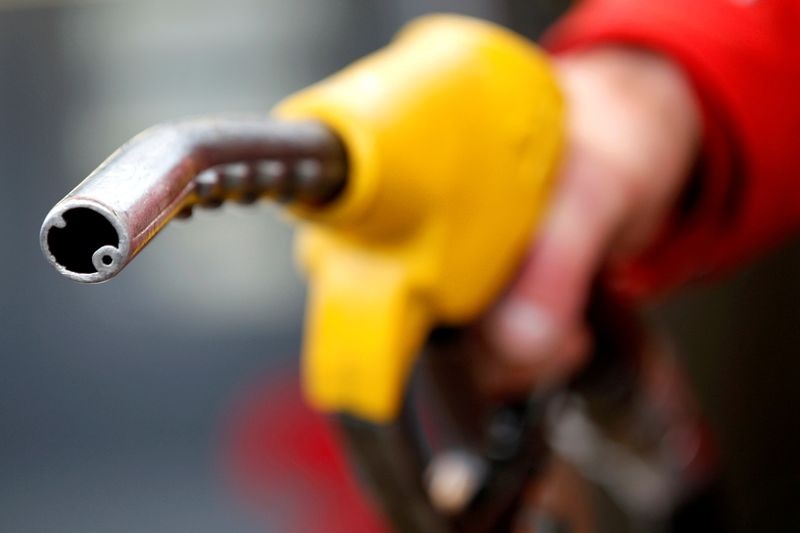Investing.com — Oil bulls might need a new scapegoat if the market doesn’t perform to their expectations.
Oil prices settled lower on Wednesday after government data showed U.S. crude inventories fell by just a third of expected levels last week, even after the Biden administration halted weekly additions of oil from the national reserve to the market. Gasoline consumption underwhelmed as well for a mid-July week.
New York-based West Texas Intermediate, or , crude reversed gains seen before the data to settle down 40 cents, or 0.5%, at $75.35 per barrel. The U.S. crude benchmark hit an intraday high of $76.87 earlier. Just a day ago, WTI rallied more than 2% on upbeat expectations over last week’s U.S. oil and fuel consumption.
London-based also swung from a session high of $80.92 to settle down 17 cents, or 0.2%, at $79.46. Like WTI, Brent jumped 2% in the prior session as longs in the market bet heavily on strong demand numbers for U.S. oil and fuel last week.
Ed Moya, analyst at online trading platform OANDA, noted that crude prices have been choppy since Brent got above the $80 per barrel targeted by oil bulls, saying the market’s hold on its upward momentum “will naturally depend on a number of other factors including economic data and what producers are doing.”
The U.S. balance fell by just 708,000 barrels for the week ended July 14 — versus expectations for a 2.44 million barrel draw, the Energy Information Administration, or EIA, reported.
In the prior week to July 7, crude stockpiles surged by almost 6.0M barrels, the most in a month.
The crude draw reported by the EIA did not come with its usual caveat — the release of crude from the U.S. Strategic Petroleum Reserve. For months now, weekly drawdowns from the reserve had been a point of contention for oil bulls, who said the additional oil had often suppressed crude prices from rallying.
The Biden administration’s use of the SPR has, however, been a highly-charged matter for oil bulls and the president’s political opponents. Both sides accuse him of indiscriminately releasing hundreds of millions of barrels from the stockpile to subdue crude prices and shore up his political standing with American voters — when the reserve is meant for emergency use, in times of critically short oil supply.
Biden and the Democrats are up for reelection in November 2024.
Biden, in his defense, has said he was only acting to reduce record high pump prices of fuel, which stood at above $5 per gallon last June and have fallen since to around $3.50. The administration also blames last year’s high crude oil prices for U.S. inflation getting to four-decade highs of above 9% in June 2020.
In the past couple of months, the administration canceled SPR sales mandated through 2024 and moved to refill the reserve, which has fallen to 40-year lows. Earlier this month, the Department of Energy announced buying plans for about 6M barrels, on top of a previously-stated 12M, and invited U.S. energy companies to offer their selling prices.
On the front, the EIA reported a draw of 1.066M barrels for last week. Analysts had expected the agency to cite a decline of 1.577M barrels instead, after a near unchanged level for gasoline in the prior week. Automotive fuel gasoline is the No. 1 U.S. fuel product.
Finished motor gasoline products delivered to the marketplace — an indication of demand at the pump — fell to 8.855M barrels from the prior week’s 8.756M. Typically, during summertime like this, some 9M barrels of gasoline or more are supplied to the market weekly.
“To be fair, the overall volume of products supplied to the market was still relatively high at 20.8M barrels last week, versus the prior weekly tally of 18.7M and distillates seem to be the reason for that,” said John Kilduff, partner at New York energy hedge fund Again Capital. “But gasoline is really what the market watches most and summertime demand for that is weak, to say the least.”
In the case of , the EIA reported a build of 14,000 barrels. Analysts had forecast a build of 460,000 barrels last week, against a previous surge of 4.815M. Distillates are refined into , diesel for trucks, buses, trains and ships, and fuel for jets.
Read the full article here












